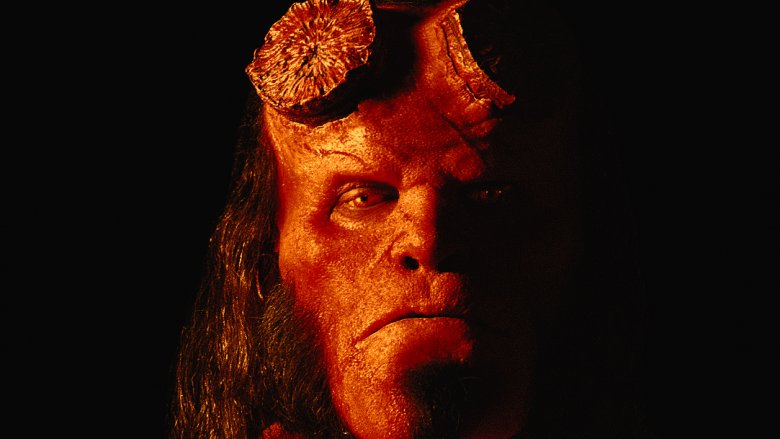


His torments also often highlighted the changing nature of the American family - like in The Exorcist, where middle school girl Regan is left vulnerable to Satanic possession because her mom. In '70s films, Satan was depicted all-powerful, brutal, and corrupting, able to transform a sweet tween into a violent ghoul ( The Exorcist), take over the world's governments ( The Omen), or force you to carry a demonic unwanted pregnancy ( Rosemary's Baby). He’s horrifying because he’s one selfish male figure hoarding all the power.īut while Satan is trending today like he did in the past, the reasons we're seeking out these shows and movies - and the things we're getting out of them - are quite different from the reasons our parents lined up to see The Omen II. In 2018, Satan isn’t horrifying because he’s encouraging you to have threesomes and listen to heavy metal. The so-called " Satanic panic" lasted through the early '90s, at which point horror trends largely moved on - American culture had shifted, and Satan was no longer a resonant metaphor. Movies about the devil - like John Carpenter's campy 1987 Satan-meets-science flick Prince of Darkness - remained in-demand through the '80s, but they had a new, alarming real-life counterpart: people who had become genuinely convinced that Satanic cults secretly controlled American life, performing human sacrifices and corrupting children. The devil rode a huge wave of popularity in the turbulent '60s and '70s, inspiring not only the aforementioned horror classics but a boatload of lesser-known titles as well, like The Brotherhood of Satan (1971), Satan's School for Girls (1973), and Satan's Cheerleaders (1977). Our culture and politics today are definitely chaotic - as they were the last time Satan was a major leading man. "There's a sort of comfort I think that many of us take in imagining those supernatural, elemental evils," says Hagen, "instead of thinking of you know, the every day horrors we're all being asked to process on a consistent basis." Hagen, director of community for screenwriting website The Black List, also created the site's " 31 Days of Feminist Horror" series, where she analyzes horror films past and present. "I think when cultural and political times are particularly chaotic and frightening, there's something appealing in thinking about elemental evil, whether that's Satan, the apocalypse, or a zombie outbreak," Kate Hagen tells Bustle. So why is Satan having such a comeback right now? What can it tell us about this moment in American history? In short: what the hell is going on here? Back then, Satan's trendiness was viewed as a response to the era's social change - and, at times, a refutation of the changes created by second-wave feminism. Satan becoming the season's hottest breakout star would seem like yet another "only in 2018!" phenomenon, except that this has happened before - most recently, in the late '60s and early '70s, when movies like Rosemary's Baby (1968 ) The Exorcist (1973), The Omen (1976), and The Amityville Horror (1979) ruled cinemas.

In the new year, we'll get a fourth season of Satanic-buddy cop drama Lucifer, and Stranger Things' David Harbour dons the horns for a new Hellboy film. Even on Riverdale - a show that's far more interested in criminal conspiracies and KJ Apa's abs than religion - he looms in the background as the gang tracks possibly-demonic villain the "Gargoyle King."Īnd there's still more to come: Shay Mitchell's exorcism-gone-wrong horror film, The Possession of Hannah Grace, hits theaters on November 30. After lingering on the edges of summer horror hits Hereditary and The Nun, he took center stage this fall, tormenting teen witch Sabrina Spellman on The Chilling Adventures of Sabrinaand bringing on the end times in American Horror Story: Apocalypse.


 0 kommentar(er)
0 kommentar(er)
